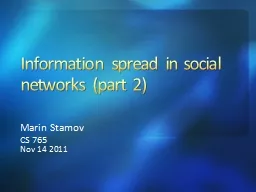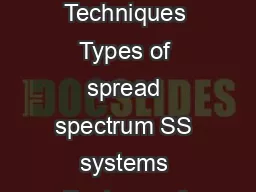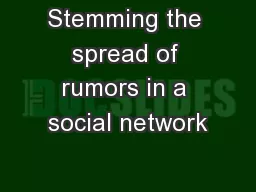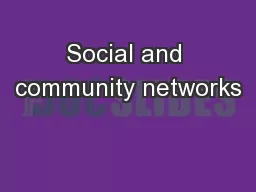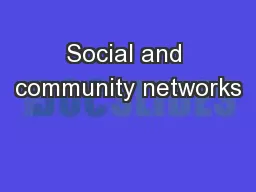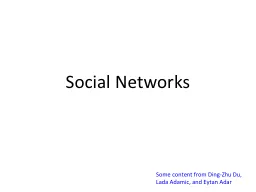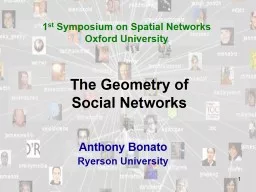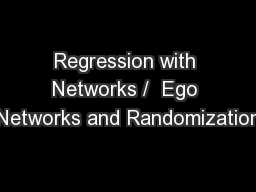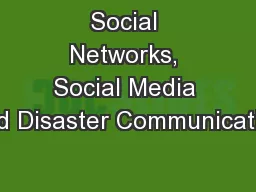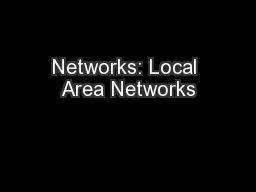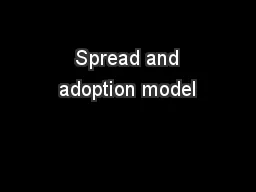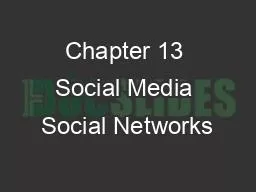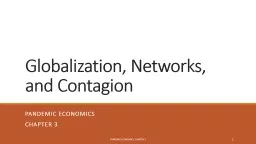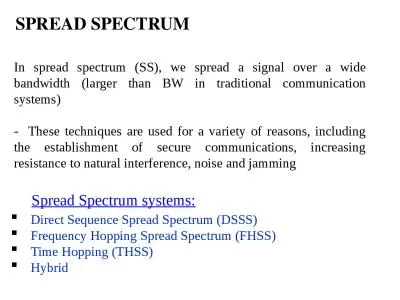PPT-Information spread in social networks (part 2)
Author : conchita-marotz | Published Date : 2016-03-23
Marin Stamov CS 765 Nov 14 2011 Outline Goals My model Believe Trust Tolerance The simulation Expected results Conclusion Goals Model that allows the agents to
Presentation Embed Code
Download Presentation
Download Presentation The PPT/PDF document "Information spread in social networks (p..." is the property of its rightful owner. Permission is granted to download and print the materials on this website for personal, non-commercial use only, and to display it on your personal computer provided you do not modify the materials and that you retain all copyright notices contained in the materials. By downloading content from our website, you accept the terms of this agreement.
Information spread in social networks (part 2): Transcript
Download Rules Of Document
"Information spread in social networks (part 2)"The content belongs to its owner. You may download and print it for personal use, without modification, and keep all copyright notices. By downloading, you agree to these terms.
Related Documents

